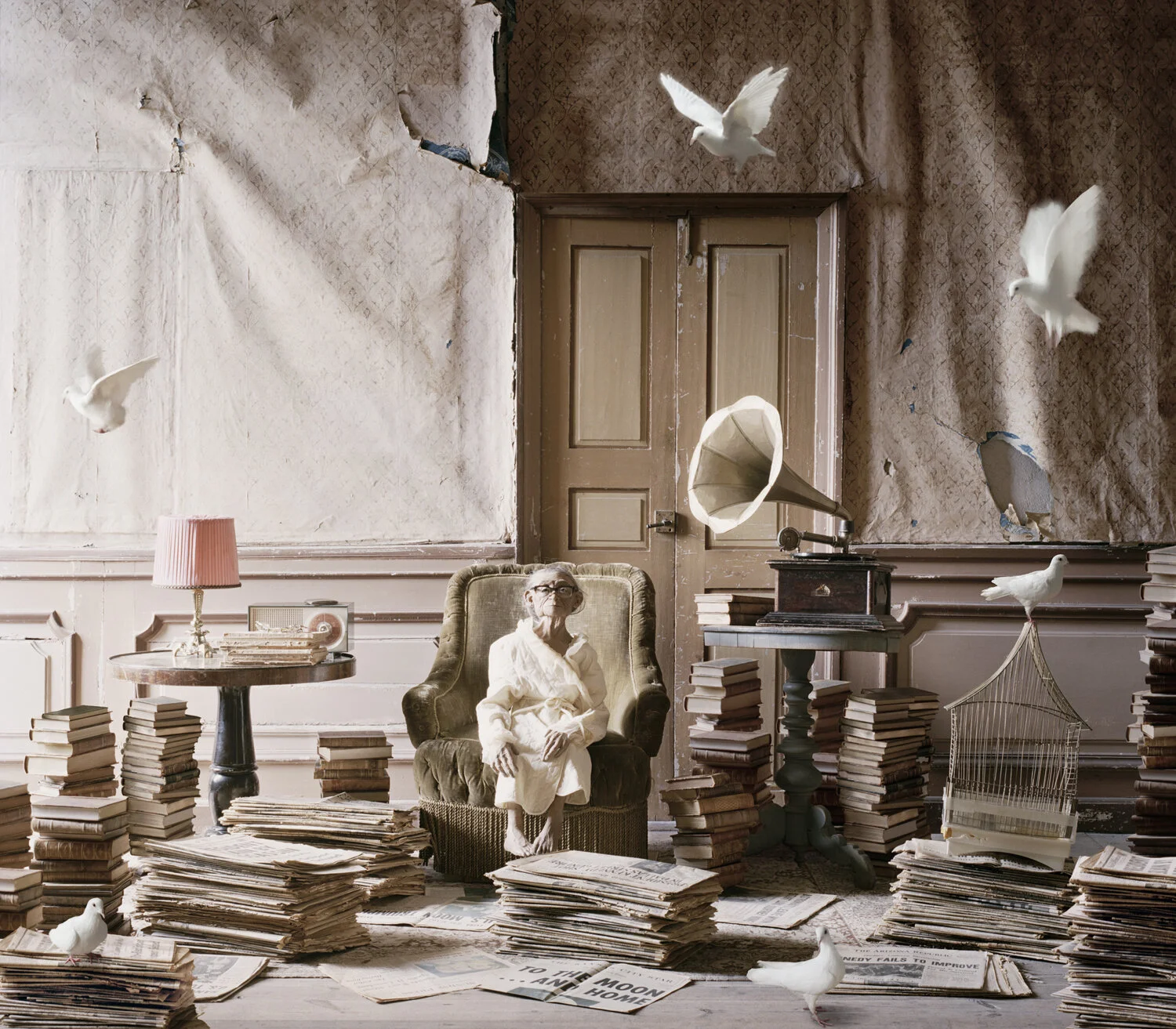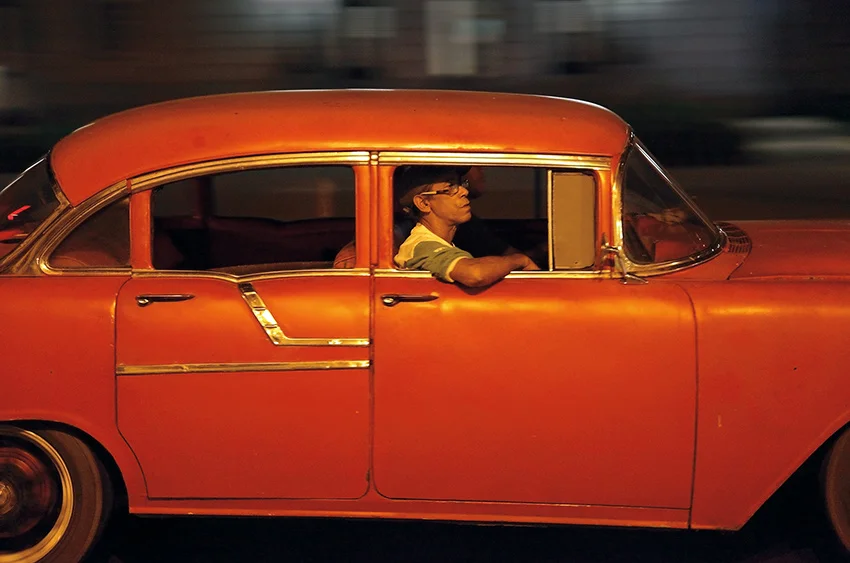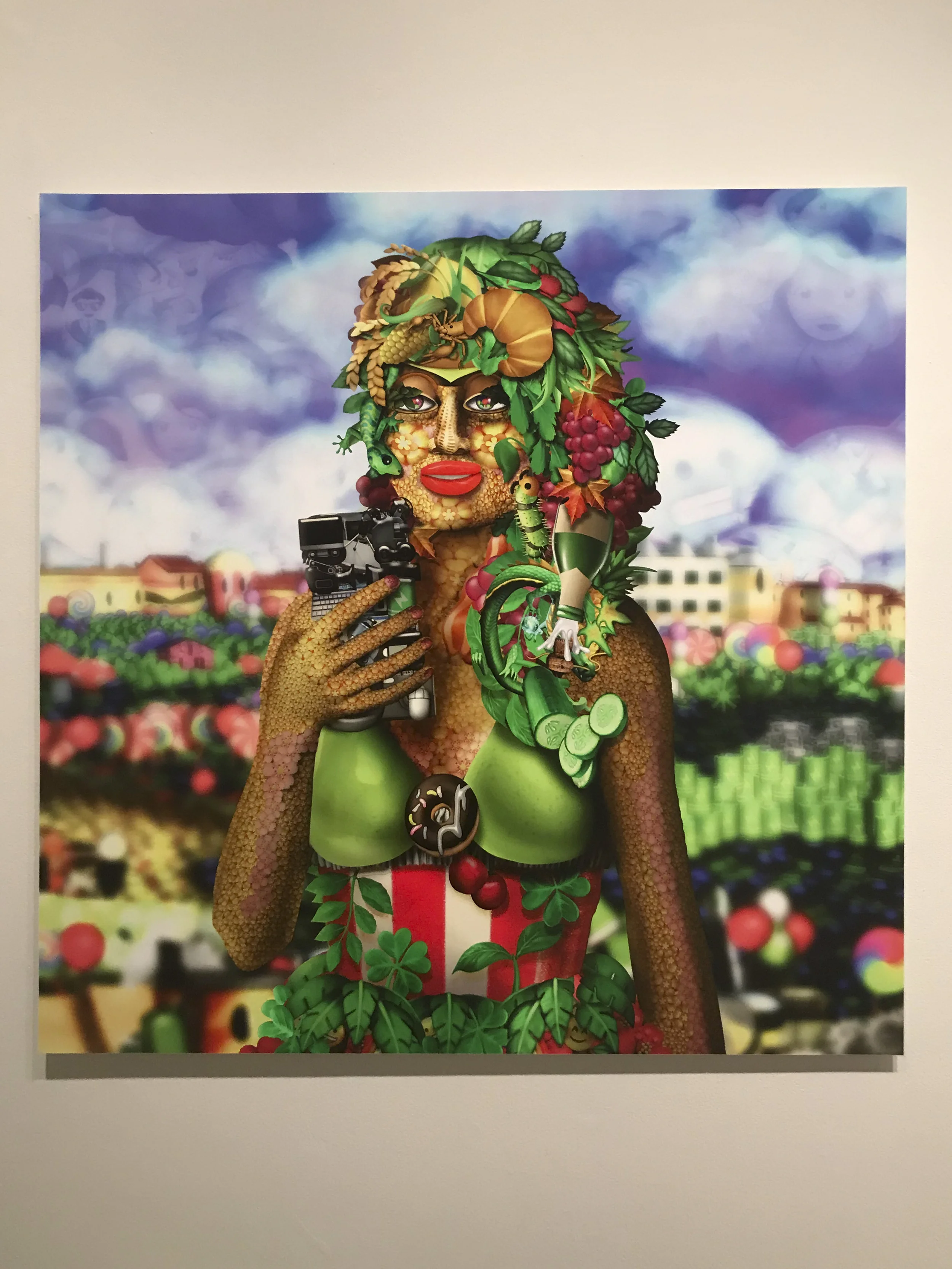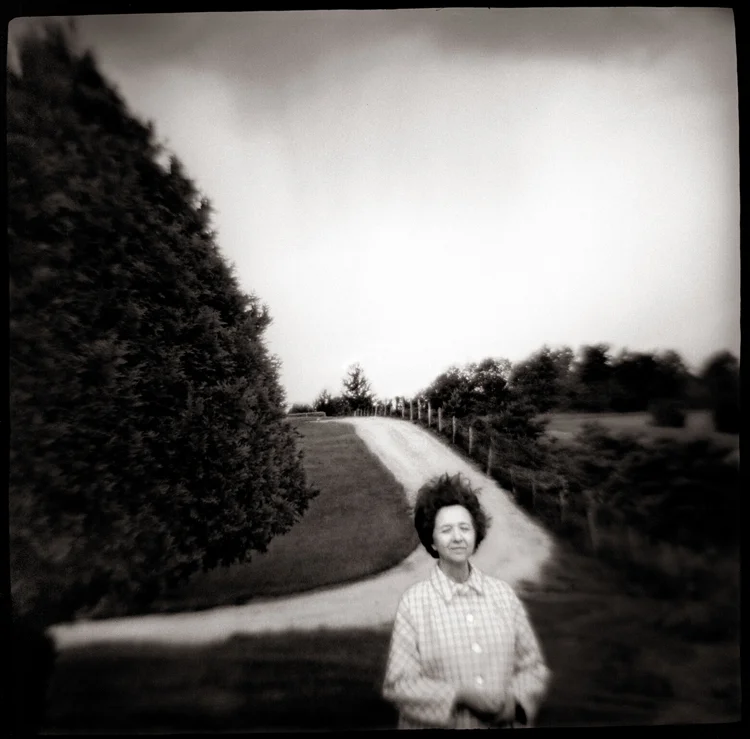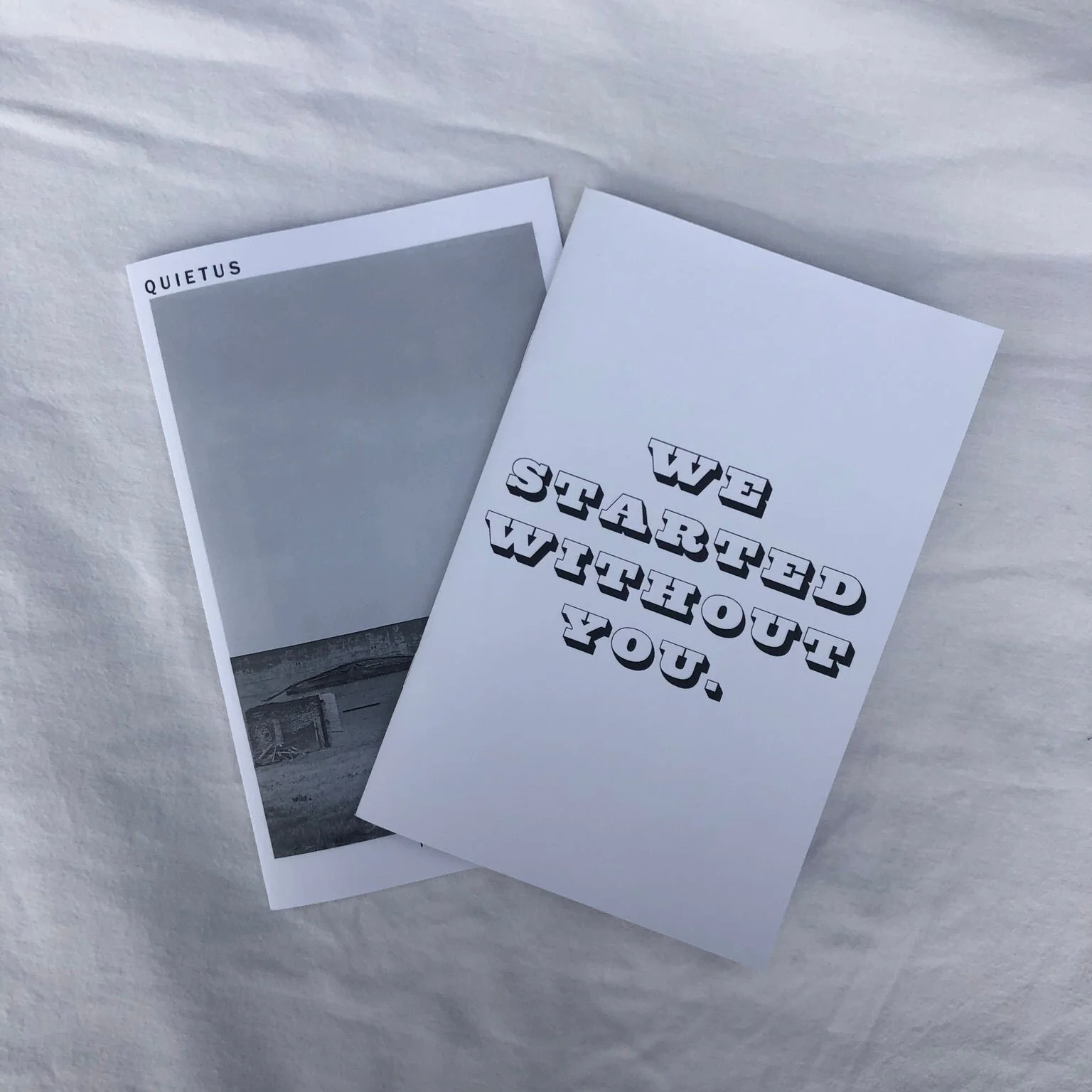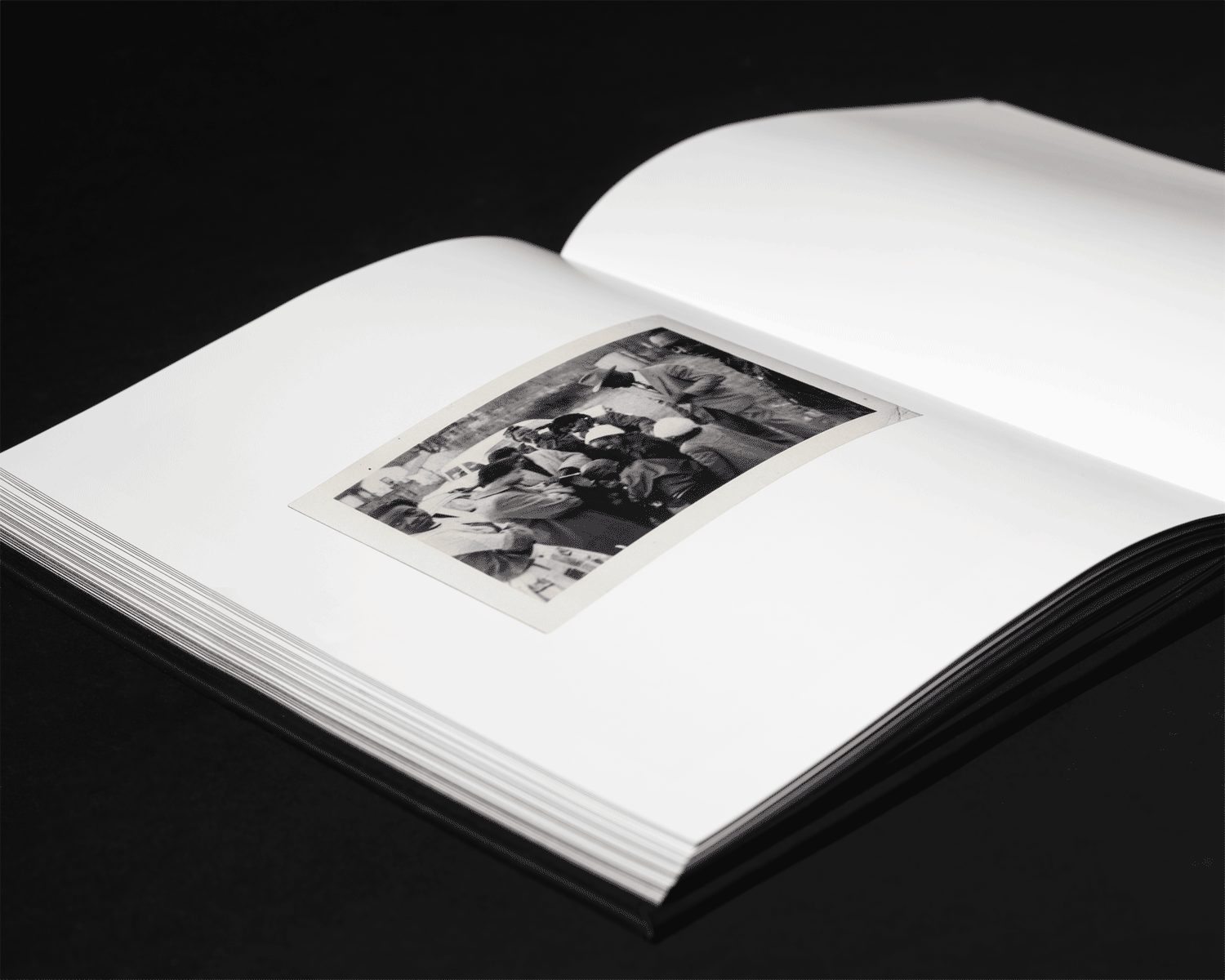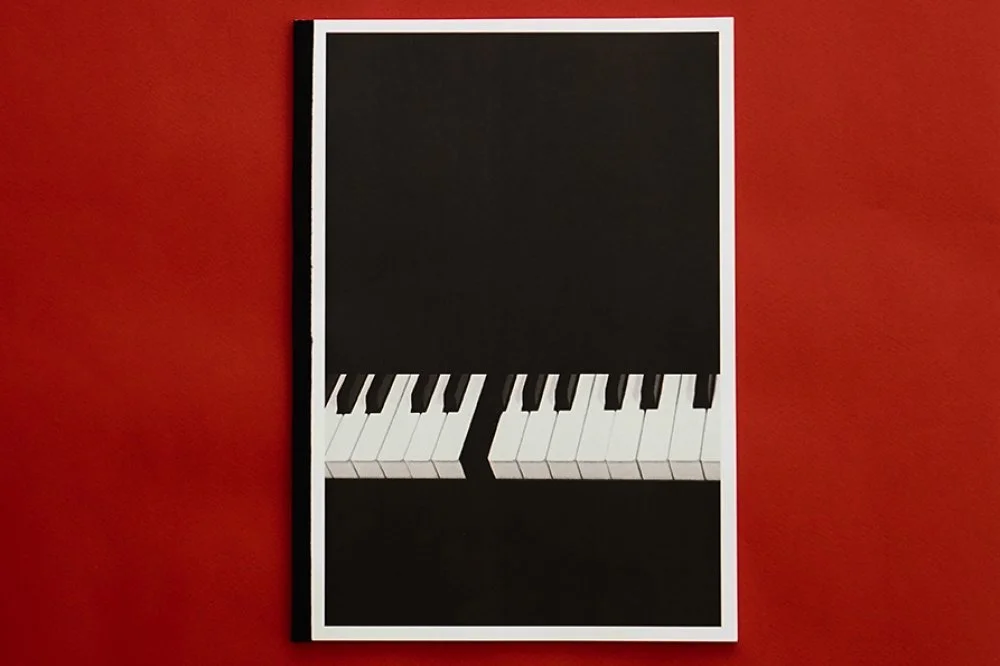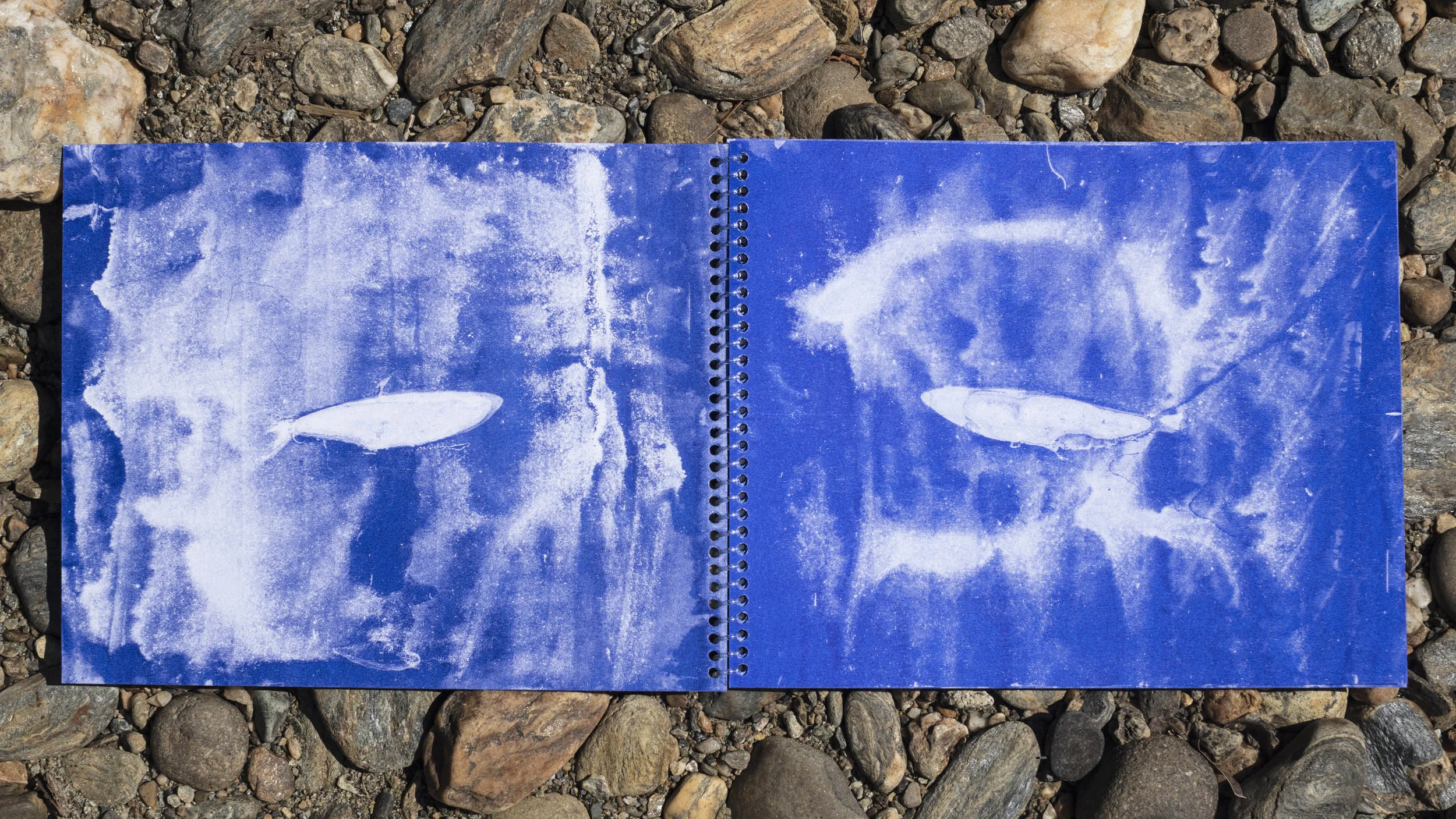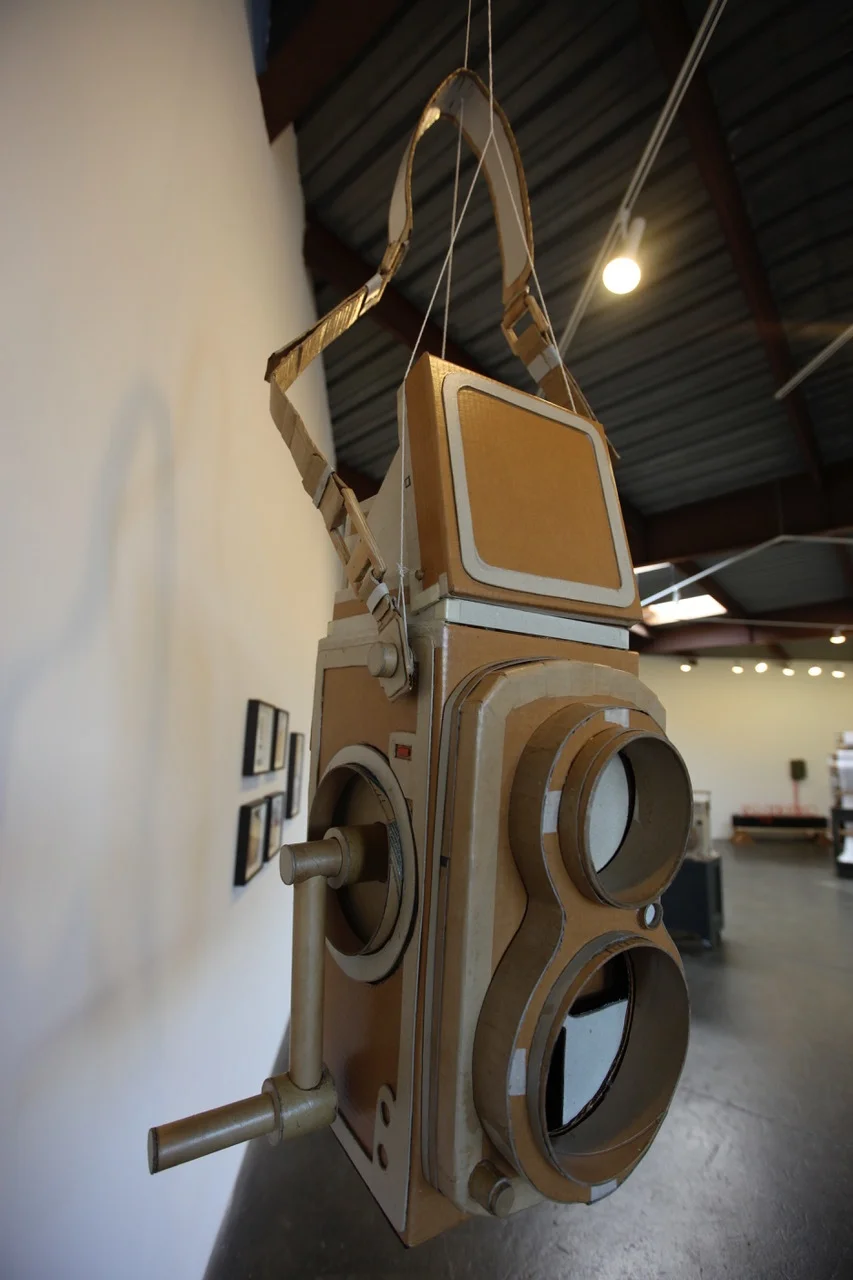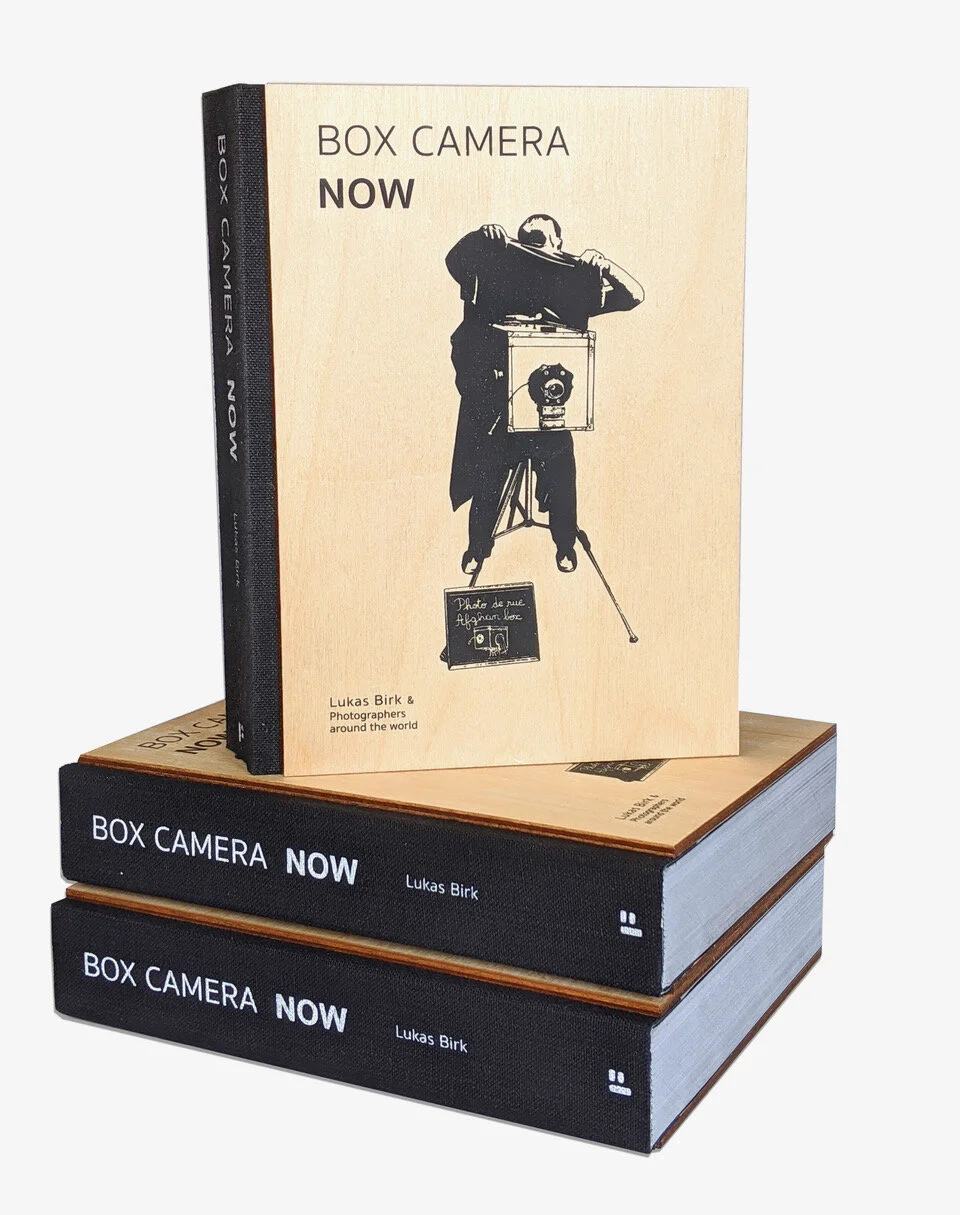“I never want to see another picture of ________.” Industry veterans share their pet peeves on themes in contemporary photography. In this series they present their “rule” along with five photographs that break the rule in an effort to show that great work is the exception to the rule.
Rule Setter: Stacy Platt, Photographer, Writer, and Editor of Exposure Magazine
Rule Breaker: Kensuke Koike
I never want to see another photographic series where intervention of the photograph is the primary concern. By this I mean specifically I am sick of seeing: photographs in which altering, distressing, insertions and deletions, re-photographing original photographs to make a new photograph containing both the original and the supplement—any form of trying to displace the viewer visually, or where it seems the entire point is to get them to ask: How did they do that?
There’s a scene in the movie Fight Club where the protagonist meets his alter-ego antagonist on a plane, Tyler Durden. After a few moments of introductory banter, he tells Tyler that he is by far the most interesting single-serving friend he’s ever met, and then begins to tell him his theory of single serving living. “Oh, I get it.” Tyler replies. “It’s very clever.” Edward Norton’s character looks self-satisfied with the response he hoped to provoke until Tyler asks him: “And how’s that working out for you? Being clever.” This is exactly how I feel when I keep being asked to consider bodies of work in which trying to be clever with photographic manipulation is the whole point of what someone is thinking about with regards to photography.
The incredible, uncanny exception to this rule is the work of Kensuke Koike. For approximately three years now, I—along with what has become an audience of nearly 200K equally smitten Instagram followers—have been seduced, entertained and confounded by the photographic interventions that Koike performs on found vernacular images and postcards in his ongoing single-image processing series, No More No Less. With a light touch, a deft hand and a subtle sense of humor, he applies his talents and social commentary to landscapes, school portraits, beach scenes, wedding photos and various other visually reproduced banal ephemera. With an arsenal of various analog graphic design tools, as well as unorthodox re-appropriated devices such as crank-operated pasta makers, he adds nothing to an image that wasn’t already there, nor does he remove any element from the original scene. He manages something that I am thrilled by in direct proportion to the rarity in which I encounter it: he uses imminently accessible low-fi means to render hi-fi visually sophisticated results, and in doing so he repurposes context and meaning in disarming and seemingly effortless manner. With a few cutting tools and a healing board, theoretically anyone could do what he does; and yet he is the only one who can convincingly do what he does.
Of course, it is the appearance of chic simplicity that is the charm of Koike’s finished images. In reality, it takes him many, many iterations to arrive at the precise visual play that he exacts on the actual found image. It also involves the insatiable curious mind of someone who loves solving puzzles and then, having run out of puzzles made to solve, becomes his own puzzle maker.
While I love the results that he achieves with images of dogs, children and landscapes, it is his recurrent motif of the romantic couple that I find myself returning to with bemused amazement. Often made from found postcards, these interventions are the ones that showcase Koike’s wicked and playful sense of humor, e.g.: the original scene is a romantic rowboat scene, then Koike intervenes and at the end the boat is full of water and sinking, happy oblivious couple in tow; in another, a man hovers adoringly over a woman seated under a tree, a moment later they are both transformed into spiders, the man descending on the lady spider in menacing fashion. Often there is face-eating, or man-eating, or a seemingly loving gesture easily displaced and re-read into one of violence.
I find that the production of art that is truly funny is very hard to do, and funny that is also culturally meaningful even harder still. I appreciate and admire that Koike can get so much mileage out of so very little, that he reminds me in every post that there is a delight to be found in both making and looking. Whenever I am feeling jaded or cynical about image making or even life, Koike can jolt me out of my numbed complacency and remind me to look more closely, and to look more than once.
—Stacy Platt





































